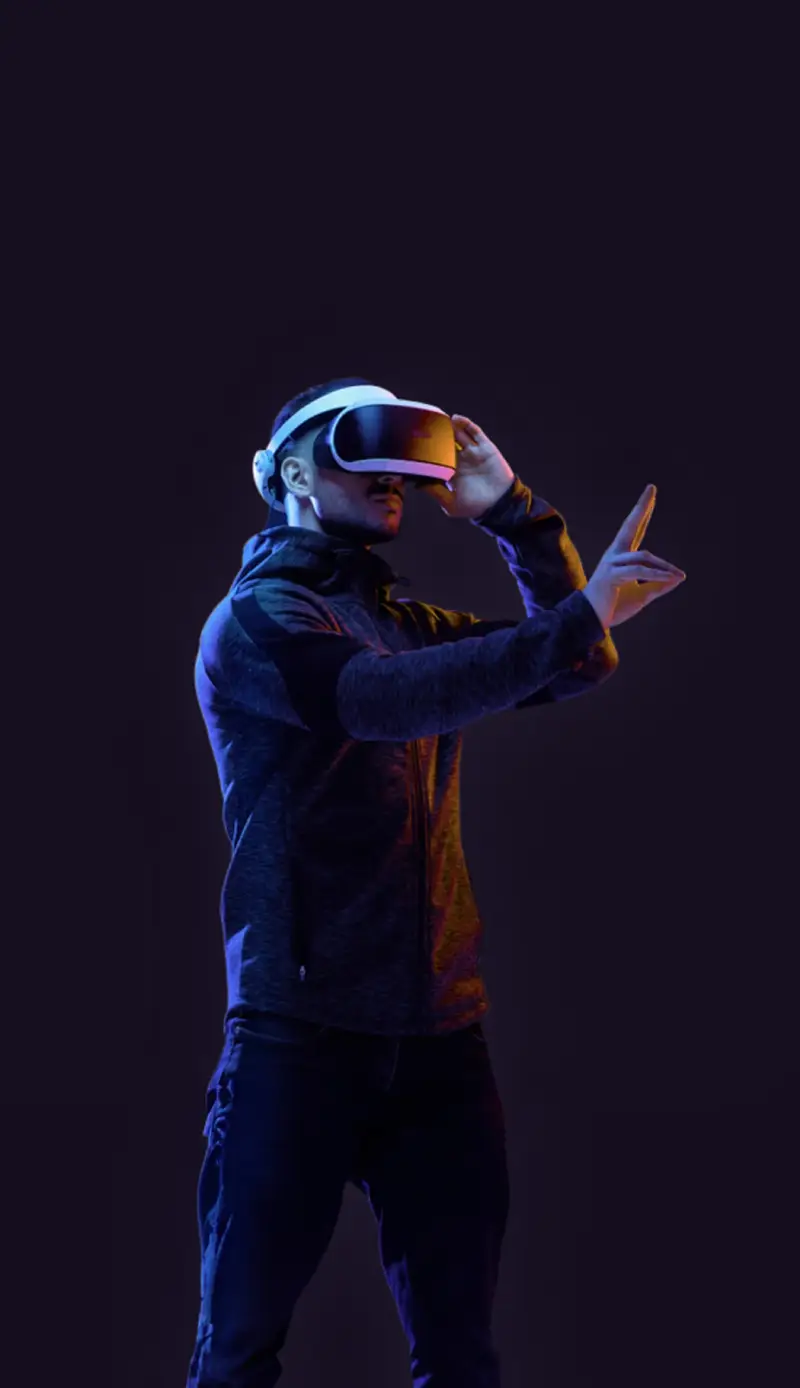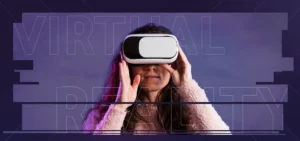
360-Degree Photography: Capturing the World from Every Angle
360-degree photography is revolutionizing how we capture and experience the world. Unlike traditional photography, which only shows a single viewpoint, 360-degree photography allows you to capture an entire scene, offering a full panoramic view. Whether it’s for real estate, travel, or events, this innovative technique provides an immersive experience that puts the viewer at the center of the action.
What is 360-Degree Photography?
immersive photography involves using a specialized camera that captures images from all angles simultaneously. These cameras have multiple lenses to capture a complete sphere of views, creating a seamless, interactive experience. The result is a photo or video that can be explored from every direction, either by dragging the image on a screen or using a virtual reality headset for an even more interactive experience.

Applications of 360-Degree Photography
360-degree photography has many exciting applications across various industries:
-
Real Estate: Virtual tours using 360-degree images allow potential buyers to explore properties remotely. This technology has changed how real estate is marketed, giving buyers a comprehensive view without visiting in person.
-
Travel and Tourism: Virtual tours of destinations or landmarks offer travelers a way to explore new places before booking a trip. It allows users to experience a location from a 360-degree perspective, providing a taste of what the destination has to offer.
-
Events and Live Streaming: With 360-degree photography, live events such as concerts or sports games can be streamed in an immersive format. Viewers can feel as if they are present at the event, offering a new level of engagement.
How Does 360-Degree Photography Work?
To capture stunning 360-degree images, you need a camera designed specifically for the task. Popular cameras like the Insta360 One X2, GoPro MAX, and Ricoh Theta Z1 are excellent options. These cameras use multiple lenses to capture everything in the surrounding environment. The images are then stitched together using software to create a single 360-degree image or video.
Tips for Capturing Great 360-Degree Photos
-
Use a High-Quality Camera: The key to great immersive photography is using a high-quality camera with multiple lenses for clear, vibrant images
-
Ensure Proper Lighting: Lighting plays a significant role in 360-degree imaging. Ensure your environment is well-lit to avoid shadows or grainy images.
-
Be Mindful of Your Surroundings: Since 360-degree images capture everything around you, make sure the background complements your subject. A cluttered or distracting environment can reduce the effectiveness of your photo.
Conclusion
immersive photography is quickly becoming a game-changer in the world of visual content. Its applications in real estate, tourism, and entertainment are just the beginning. As the technology continues to evolve, we can expect even more interactive experiences in the future. Whether you’re creating content for business or leisure, 360-degree imaging provides an unparalleled way to capture and showcase the world around us.
